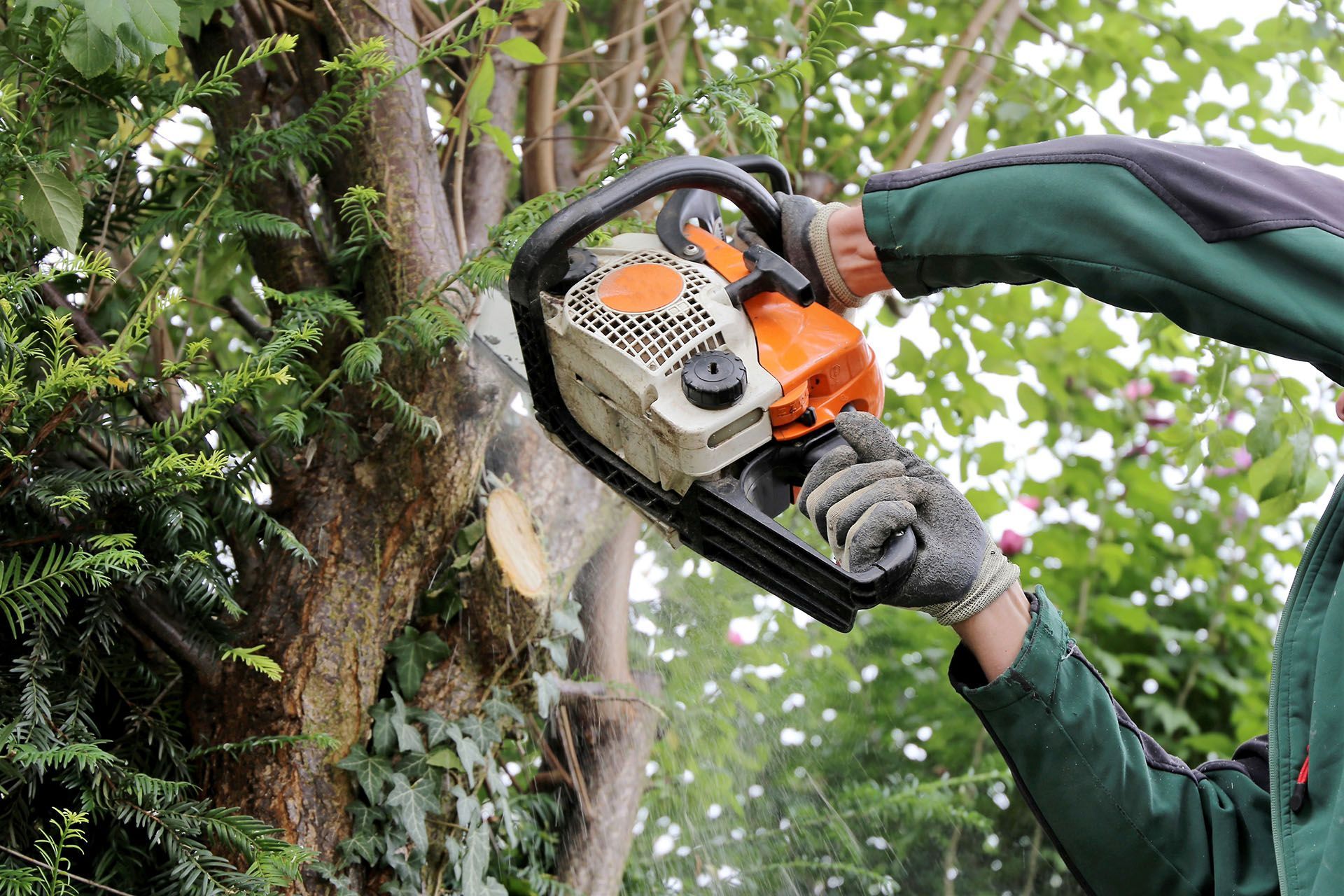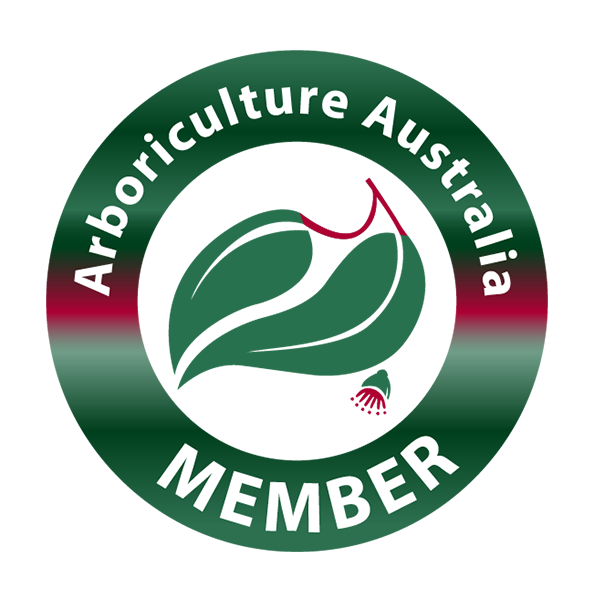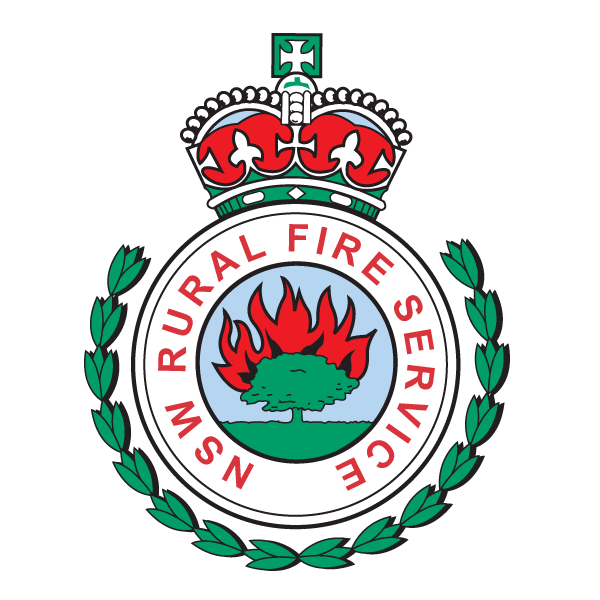What Is Arboriculture? A Quick Peek into Tree Care and Management
Keeping trees healthy and structurally sound involves more than just watering or occasional trimming. It requires a deeper understanding of tree biology, soil conditions, and environmental factors. Arboriculture is tree care at its core, encompassing everything from disease management to proper pruning techniques to support long-term growth. This specialised field focuses on the health, safety, and longevity of trees, ensuring they thrive in both natural and urban environments.
If you're curious about what is arboriculture and what goes into professional tree care, this blog will explore the science of arboriculture, the role of arborists, and why trees need expert management to flourish in both natural and built environments.
Understanding Arboriculture
Arboriculture is the science and practice of cultivating, managing, and studying individual trees, shrubs, vines, and other perennial woody plants. It focuses on tree health, maintenance, and safety in urban and natural environments.
Arboriculture is closely linked to related fields like forestry, horticulture, and landscape architecture. While forestry focuses on large-scale tree management, arboriculture is more concerned with individual tree health in urban and suburban settings.
Benefits of Arboriculture
Urban environments can be tough on trees due to pollution, soil compaction, and restricted growing space. Arboriculture helps tackle these challenges by providing proper care and maintenance to help plants grow in a way that supports both ecological balance and visual appeal.
Key benefits of arboriculture include:
- Enhancing urban greenery and improving air quality
- Reducing the risks of falling branches and structural collapse through pruning and treating cavities
- Managing pests and diseases to control insects and maintain tree health
- Supporting biodiversity by choosing appropriate tree species for specific locations and removing trees that threaten native ecosystems
Best Practices in Tree Health and Maintenance
Arborists use various methods to detect diseases, decay, and structural weaknesses in individual trees. By detecting these issues early, they can take proactive measures to preserve tree health and prevent potential hazards.
Tree Pruning and Maintenance
Regular pruning strengthens tree structures, encourages healthy growth, and reduces risks from dead or overgrown branches. Proper maintenance also enhances their ornamental values, making them more appealing in residential and commercial landscapes.

Pest and Disease Management
Arborists manage pests through natural predators and targeted treatments to keep trees resilient. In some cases, treating cavities in trunks caused by decay or infestations is necessary to maintain structural integrity. When a tree becomes a hazard, removing trees is often the best way to protect nearby vegetation and property.
Soil and Root Health
Healthy soil is the foundation of strong trees. Arborists test nutrients, aerate compacted soil, and apply mulch to improve root development and enhance the tree’s ornamental values while ensuring long-term stability.
Tree Risk Assessments
Arborists assess trees for decay, weakness, and external damage. If restoration isn’t possible, removing trees may be necessary. In some cases, treating cavities can help prevent failure and extend a tree’s lifespan.
Identifying and Selecting the Right Plants for Your Space
A critical aspect of arboriculture is identifying plants that suit a specific environment. Different factors, such as soil type, climate conditions, and intended landscape function, must be considered before selecting and arranging plantings, including their ornamental values.
- Native Species: Choosing native tree species helps maintain local ecosystems and requires less maintenance.
- Drought-Resistant Trees: In areas with low rainfall, selecting drought-tolerant trees ensures longevity.
- Fast-Growing Trees: Ideal for creating shade and privacy in shorter timeframes.
Professional arborists provide expert guidance on arranging plantings in residential and commercial spaces, enhancing both their aesthetic appeal and long-term health.
What Arborists Do and Why They Matter
Arborists are trained professionals who specialise in maintaining and preserving tree health. Their expertise includes pruning, disease diagnosis, soil management, and risk assessment. They also identify different tree types, select suitable varieties for specific environments, and address structural weaknesses to ensure trees remain strong, healthy, and visually appealing.
If you’d like to learn more about their role, check out our detailed guide on what an arborist is.
The Importance of Professional Tree Services
While DIY maintenance might seem convenient, professional tree services ensure the job is done safely and correctly. Certified arborists use specialised techniques to prevent property damage, minimise risks, and detect issues early.
Key benefits of expert care include:
- Early problem detection – Identifying diseases or structural weaknesses before they become serious.
- Safety assurance – Reducing the risk of injury and damage to property.
- Long-term health and growth – Creating the right conditions to help plants grow and thrive.
For expert assistance, a qualified tree arborist in Sutherland Shire can provide tailored solutions to keep your trees in peak condition.
Environmental Benefits of Proper Tree Care
Caring for trees is essential for a healthy environment. Well-maintained trees improve air quality, support biodiversity, and help fight climate change by absorbing carbon dioxide. They also provide shade, reducing urban heat and lowering energy consumption.
Proper care strengthens root systems, preventing tree failure caused by weak structures or disease. Additionally, healthy trees naturally control insects by providing habitats for birds and beneficial predators, reducing the need for chemical treatments.
Final Thoughts
Arboriculture is essential for keeping trees and other perennial woody plants strong, safe, and visually appealing. Whether it’s identifying plants, managing potential risks, or strategically arranging plantings, expert care supports the health of trees and the landscapes they shape.
If you need professional advice, reaching out to an experienced arborist can make all the difference in maintaining a healthy and vibrant green space.

Over 25 years ago, Bob and Ben planted the seeds of what would become one of the most popular and trusted tree service businesses in the Sutherland Shire.
Get your FREE tree lopping quote today!
Let Bob and Ben The Tree Men get to the root of all your tree problems. Contact us today to receive your personalised quote.





